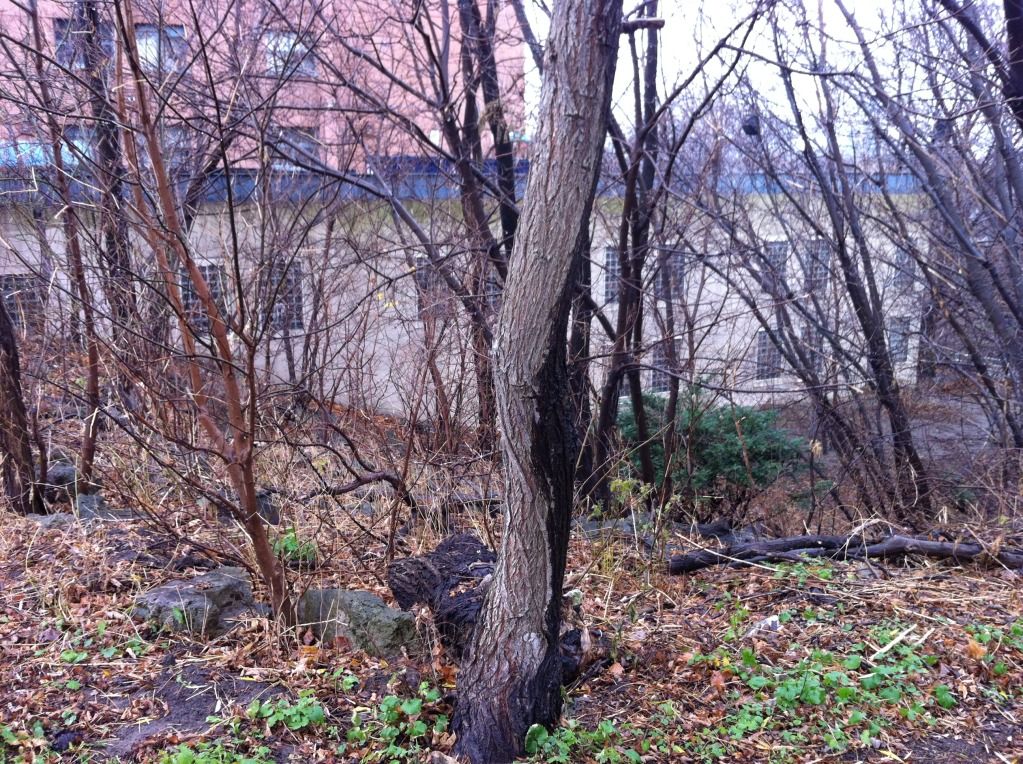Mustapha
Senior Member
I took that photo myself and at that time it was the Glenview Terraces Hotel, not the Muir Park Hotel. The small white sign near the right side of the photo reads "Glenview Terrace Hotel" (I had the sign made and placed it there for the photo). This was just after Alexander Muir Gardens park was completed. My Father designed and built it during the war and ran the hotel for many years (originally an aparment building), before and after he converted it to an apartment hotel. Prior to the conversion it was called The Glenview Terraces Apartments. Im not 100% sure but I believe it was the first apartment building in the city with an indoor swimming pool. I was sure suprised and happy to find my 60 year old photo on the internet. I'm getting a little long in the tooth now and it brings back a ton of memories.
Hi Jimbo,
What a privilege and a pleasure to have you make your introduction in this way.














